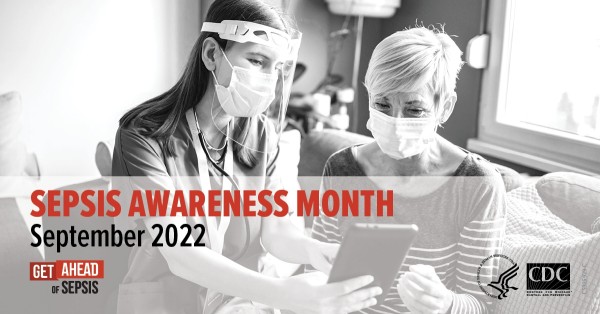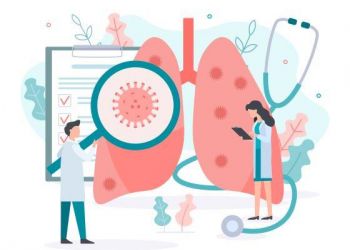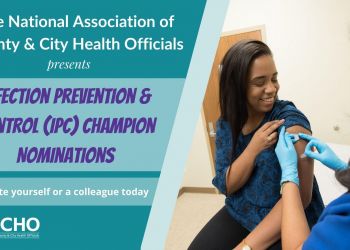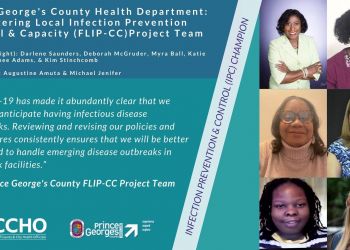Anyone can get an infection, and almost any infection, including COVID-19, can lead to sepsis. Sepsis is the body’s extreme response to an infection and is a life-threatening medical emergency.
September is Sepsis Awareness Month and CDC encourages its partners, patients, and healthcare professionals to share how sepsis can be prevented. Get Ahead of Sepsis is a national educational effort that emphasizes the importance of early recognition, timely treatment, reassessment of antibiotic needs, and prevention of infections.
Be Antibiotics Aware, a related educational effort, helps improve antibiotic prescribing and use and ensures antibiotics remain effective in the treatment of common infections and sepsis, in order to help save lives.
There are four specific steps you can take to reduce your risk of sepsis.
1. Prevent Infections
- Talk to your healthcare professional about steps you can take to prevent infections that can lead to sepsis, including:
- Take good care of chronic conditions.
- Get recommended vaccines, since vaccinations prevent some infections, but do not cure sepsis.
- Wash your hands
- Keep cuts clean and covered until healed
- A patient with sepsis might have one or more of the following signs or symptoms:
- High heart rate or weak pulse
- Fever, shivering, or feeling very cold
- Confusion or disorientation
- Shortness of breath
- Extreme pain or discomfort
- Clammy or sweaty skin
- A medical assessment by a healthcare professional is needed to confirm sepsis.
- Sepsis is a medical emergency. If you or your loved one has an infection that’s not getting better or is getting worse, ACT FAST. Get medical care IMMEDIATELY. Ask your healthcare professional, “Could this infection be leading to sepsis?” and if you should go to the emergency room.
The resources below are free educational resources from CDC to help partners, patients, and healthcare professionals communicate how to prevent sepsis or spot it early when it happens.
Partner Information:
This partner toolkit introduction letter provides an overview of the following communication tools to make it easy for you and your organization to help promote the importance of sepsis early recognition and prompt treatment, as well as the importance of preventing infections that could lead to sepsis.
Partner Toolkit Introduction Letter [PDF – 1 page]
Seven Ways to Get Ahead of Sepsis
- Distribute educational materials, which include fact sheets, brochures, and infographics for patients and healthcare professionals in English and Spanish. These materials are available for printing and for posting on your websites.
- Watch and share The Domino Effect TV public service announcement and Get Ahead of Sepsis video.
- Customize our social media messages to spark conversation on Facebook and Twitter.
- Remember to use the hashtag #GetAheadofSepsis in all social media messages.
- Share the Get Ahead of Sepsis social media graphics.
- Customize the news release in this toolkit and distribute to media to demonstrate your organization’s support of Get Ahead of Sepsis.
- Use the “drop-in” articles in your e-blasts, newsletters, and other publications.
Patients and Families:
- New this year is an updated patient and family brochure.
- Download and share any of CDC’s FREE patient education materials with your friends and loved ones to learn how to prevent infections, be alert to the signs and symptoms of sepsis, and act fast if sepsis is suspected.
- Share updated sepsis graphics on social media to educate friends and loved ones about sepsis.
- Are your children back to school? Talk to your child’s healthcare professional and school nurse about steps you can take to prevent infections that can lead to sepsis. Some steps include taking good care of chronic conditions and getting recommended vaccines.
Healthcare Professionals:
- New this year are two fact sheets for long-term care nurses and certified nurse assistants.
- Download and share CDC’s FREE healthcare professional education materials with your colleagues to educate them about how to recognize signs and symptoms of worsening infection and sepsis, how to get ahead of sepsis, and what to do if they suspect sepsis.
- Educate your patients and their families about:
- Preventing infections
- Keeping cuts clean and covered until healed
- Managing chronic conditions
- Recognizing early signs and symptoms of worsening infection and sepsis
- Seeking immediate care if signs and symptoms are present
This Sepsis Awareness Month, spread the word about sepsis—you can help save lives.
Check your knowledge: Sepsis E-Quiz
To learn more about sepsis and how to prevent infections, visit www.cdc.gov/sepsis or call 1-800-CDC-INFO.




